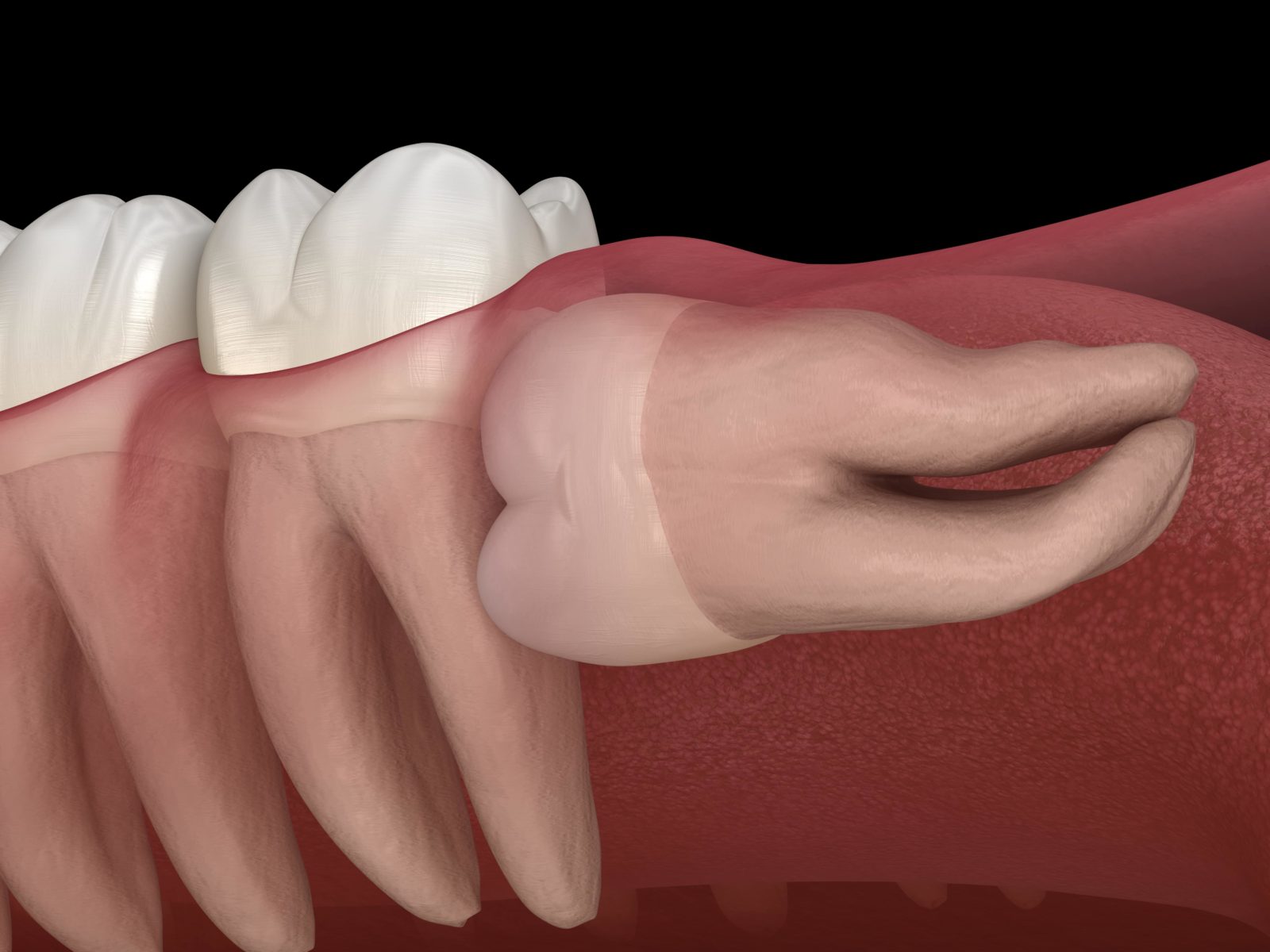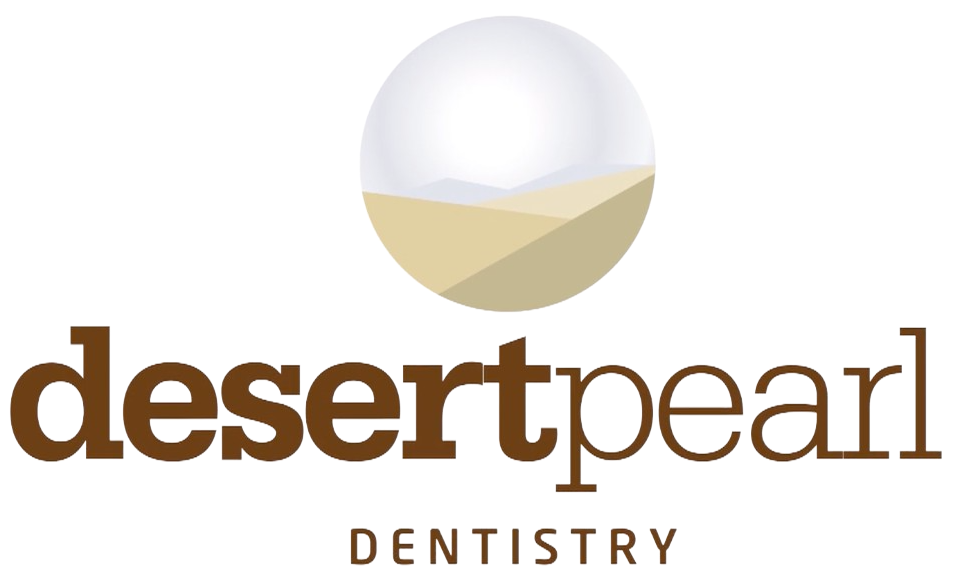Teeth that become deeply decayed, broken beyond repair, or compromised by an abscess or periodontal disease, then it is generally recommended to remove, or extract, the tooth in order to maintain the health of your other teeth. After having one or more teeth removed and the extraction sites have healed, a dental prosthetic can be fabricated to replace the missing tooth or teeth. Prosthetics used to replace missing teeth include bridges, dentures, or state of the art dental implants.
Did You Know?
After you have a tooth removed, the nerves in the empty tooth socket are protected by a blood clot. Since this blood clot prevents external stimuli from aggravating the nerve, it is important to avoid sucking from a straw and eating certain foods that could dislodge the clot.
Frequently Asked Questions:
Do I need a tooth extraction?
Tooth extractions are generally recommended as a last resort option when no other restorative options can restore the affected tooth. Some of the most common reasons for having a tooth extracted include:

- Overcrowding: when too many teeth are present, the first premolars can be removed to make more space and promote proper alignment with the help of orthodontic treatment.
- Severe damage or decay: teeth that have been severely damaged or decayed are generally extracted so they can be replaced with a dental prosthetic in order to restore function and appearance.
- Impacted wisdom teeth: when there is no room in the mouth for wisdom teeth, they can get partially or completely trapped below the gum line. This can cause pain, swelling, and even infection, so wisdom teeth are often extracted to prevent damage to the teeth and gums.
- Severe periodontal disease: when the tissues responsible for holding the tooth in place have become weakened by periodontal disease, extractions are usually recommended.
Ultimately, the only way to know if you need a tooth extraction is to schedule a consultation with Dr. Morales of Desert Pearl Dentistry. In order to determine if an extraction is necessary, Dr. Morales will perform dental x-rays and a thorough exam.
In some cases, your tooth extraction treatment may require a specialist for proper treatment and best outcomes. In such case, Dr. Morales will refer you to one of many trusted specialists in the area.
What can I expect when having a tooth extraction at Desert Pearl Dentistry?
When you come in for a tooth extraction at Desert Pearl Dentistry, we do our best to provide you with compassionate, optimum care. To meet our high standard of care and keep you calm and comfortable, dental anesthetics and sedation are used during all tooth extractions. There are two different types of tooth extraction techniques that may be used for your extraction. These include:
Simple Extractions
This technique is used when the entire tooth in need of extraction is completely visible above the gum line. With a simple extraction, an elevator tool is used to loosen the tooth by rocking it in the socket. Then forceps are used to remove it from the socket in one piece. Since you are anesthetized, you will only feel pressure during a simple extraction.
Surgical Extractions
This technique is used when the tooth is completely or partially underneath the gum line. It can also be used if the affected tooth cannot be safely removed using a simple extraction technique. Surgical extractions are more involved and generally require cutting into the gums to remove the affected tooth in pieces. With surgical extractions, stronger sedation is used so most people don’t remember the procedure.
What should I expect after having a tooth extracted?
After a tooth extraction, you will remain in our office for a brief period of time so we can monitor you as you come out of sedation. As you come to, you will likely notice that your mouth feels huge. This is because we pack cotton into the extraction sites to control bleeding. Immediately after your extraction, you can expect your mouth to still be numb. However, as the anesthetics wear off, it is normal to experience some mild pain. You may also experience mild swelling that peaks on the third day, bruising, and possible bleeding.

To keep you comfortable while recovering from an extraction, we recommend keeping your head elevated for the first few days after your procedure. You can also apply ice for 20 minutes on and 20 minutes off to help alleviate swelling and discomfort. After 48 hours, you can then switch to heat packs. In some cases, Dr. Morales may prescribe pain medication or he may recommend certain over the counter medications.
As far as your diet goes, you will be on a temporary soft foods diet. For the first 24 hours after your extraction, you will also need to avoid warm or hot foods since this can cause bleeding. You will also need to avoid drinking from a straw so that you don’t dislodge the protective blood clot over the extraction site. Finally, you will need to thoroughly clean your mouth after meals to keep the extraction site clean and free of debris. Dr. Morales will provide you detailed information on how to do this.


